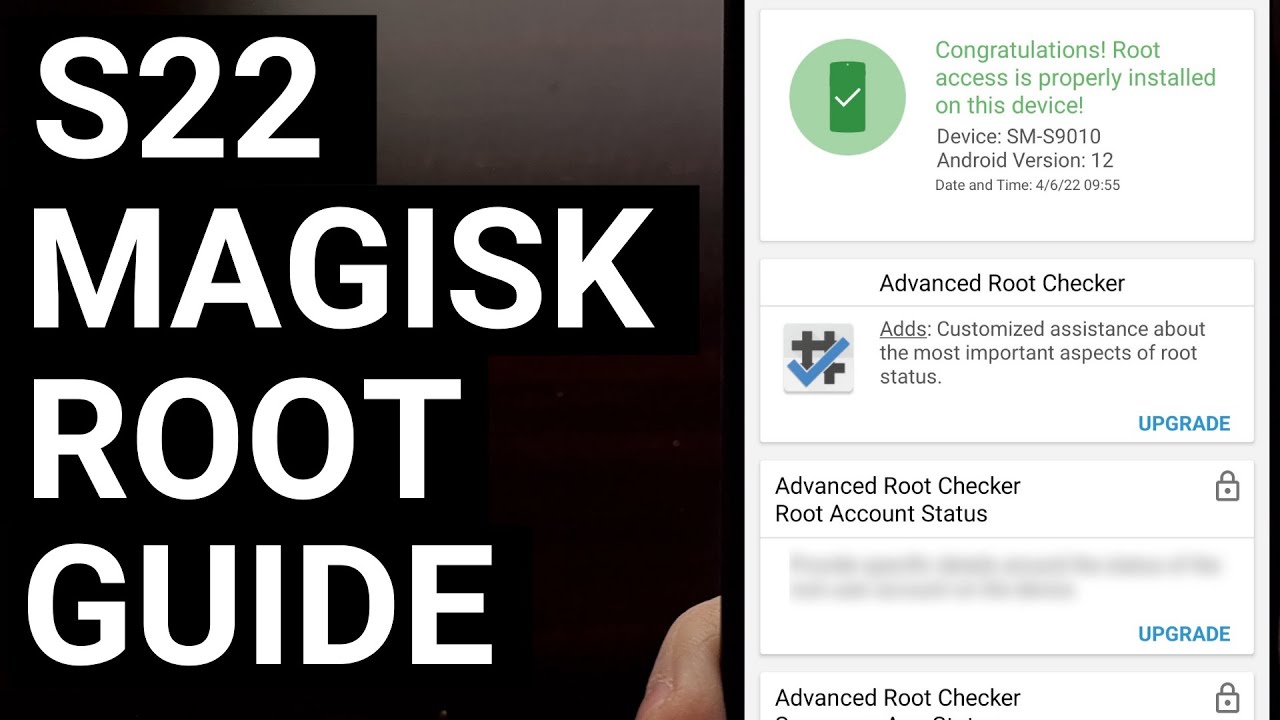✅ How to Master a 90° Curved Root Canal – Step-by-Step Guide for Success!
Summary
TLDRThis video guides viewers through the process of successfully managing a curved root canal during treatment. It emphasizes the importance of using the right tools, such as size 10K files and rotary Glide path files, to avoid ledging or blocking. The video also covers the significance of irrigation, recapitulation, and shaping the canal effectively to reach the apex. The presenter discusses various file types, including the 2004 rotary file and Master APEX file, and explains the use of bioceramic sealers and composite filling. The overall goal is to achieve a dry, properly shaped canal and successful filling while avoiding complications.
Takeaways
- 🦷 Successfully managing a curved root canal requires patience, precision, and careful technique to prevent ledging, blocking, or shaping errors.
- 🪥 Begin with a size 10 K-file to scout the coronal to mid-third of the canal, ensuring proper irrigation and access cavity preparation.
- 💧 Keep the canal filled with irrigant throughout the procedure to flush debris and maintain a clean working field.
- 🔁 Use rotary glide path files about 1 mm short of where the hand file reached to open the canal and reduce resistance for deeper instrumentation.
- 📏 Always measure the point where progress stops and use an apex locator to determine when the file has reached the apex safely.
- ⚙️ Recapitulation is key—alternate between rotary and hand files to maintain patency and prevent canal blockage.
- 🚫 Avoid forcing rotary files or using push-pull motions, as these can create ledges or cause iatrogenic damage in curved canals.
- 🌀 For shaping, use progressively larger files (e.g., 2004 then 2504) with smaller tapers to better navigate deep curved canals.
- 🧼 After shaping, thoroughly irrigate and dry the canal with appropriately tapered paper points to ensure complete cleanliness and dryness.
- 📸 Take a confirmatory radiograph to verify the gutta-percha is at the correct working length before final obturation.
- 🧪 Use a bioceramic sealer (such as OneFill) and introduce the GP point gently to avoid deformation or blockage at the apex.
- 🔥 Remove excess gutta-percha with a heated plugger only at the top of the canal to prevent damaging the bioceramic sealer.
- 🪄 Seal the access cavity using a bonding agent like ScotchBond, followed by a flowable or bulk-fill composite (e.g., SDR) for a durable restoration.
- 💬 The speaker emphasizes learning through discussion—viewers are encouraged to comment, share feedback, and subscribe for future educational content.
Q & A
Why is managing a curved canal challenging during root canal treatment?
-Curved canals are harder to navigate and shape due to increased risks of blockage, ledging, and difficulty reaching working length without causing procedural errors.
What is the first step when approaching a curved canal?
-The first step is to use a size 10 K-file to scout the coronal to mid-third of the canal while maintaining irrigation.
What should you do if the hand file gets stuck during early canal scouting?
-Measure the depth where the file stops, then use rotary glide-path files 1 mm short of that point to open the canal before attempting to progress the hand file again.
What is the purpose of recapitulation in curved canals?
-Recapitulation keeps the canal patent and prevents debris accumulation by repeatedly inserting a small hand file to maintain the glide path.
Why should you avoid pushing a rotary file further if it isn't advancing easily?
-Forcing a rotary file can lead to ledging, blockage, or file separation, especially in curved anatomy, so shaping must be gradual and controlled.
What is the recommended technique for using hand files in curved canals?
-Use gentle watch-winding motions without twisting or push-pull movements to avoid iatrogenic damage.
Why is taper selection important in curved canals?
-Smaller-taper files are preferred in deep curves because large tapers may bind, cause transportation, and struggle to negotiate tight curvatures.
What should be done once working length is reached and shaping is completed?
-Dry the canal thoroughly using appropriately tapered paper points and confirm length with a cone-fit radiograph before obturation.
Why must gutta-percha be placed gently during obturation?
-Gentle placement prevents the gutta-percha from concertinaing or binding inside the curved canal.
Why should the heated plugger not be taken too far down the canal?
-Excess heat deep in the canal may interfere with bioceramic sealer curing and can damage periapical tissues or create voids.
Why was Scotchbond chosen instead of an etch-and-bond system?
-Scotchbond allows bonding without etching, making it easier to clean and manage in an endodontic access cavity.
What is the role of the bulk-fill composite placed after obturation?
-The bulk-fill composite seals the access cavity, providing coronal integrity and preventing microleakage that could compromise the root canal treatment.
Outlines

このセクションは有料ユーザー限定です。 アクセスするには、アップグレードをお願いします。
今すぐアップグレードMindmap

このセクションは有料ユーザー限定です。 アクセスするには、アップグレードをお願いします。
今すぐアップグレードKeywords

このセクションは有料ユーザー限定です。 アクセスするには、アップグレードをお願いします。
今すぐアップグレードHighlights

このセクションは有料ユーザー限定です。 アクセスするには、アップグレードをお願いします。
今すぐアップグレードTranscripts

このセクションは有料ユーザー限定です。 アクセスするには、アップグレードをお願いします。
今すぐアップグレード5.0 / 5 (0 votes)






